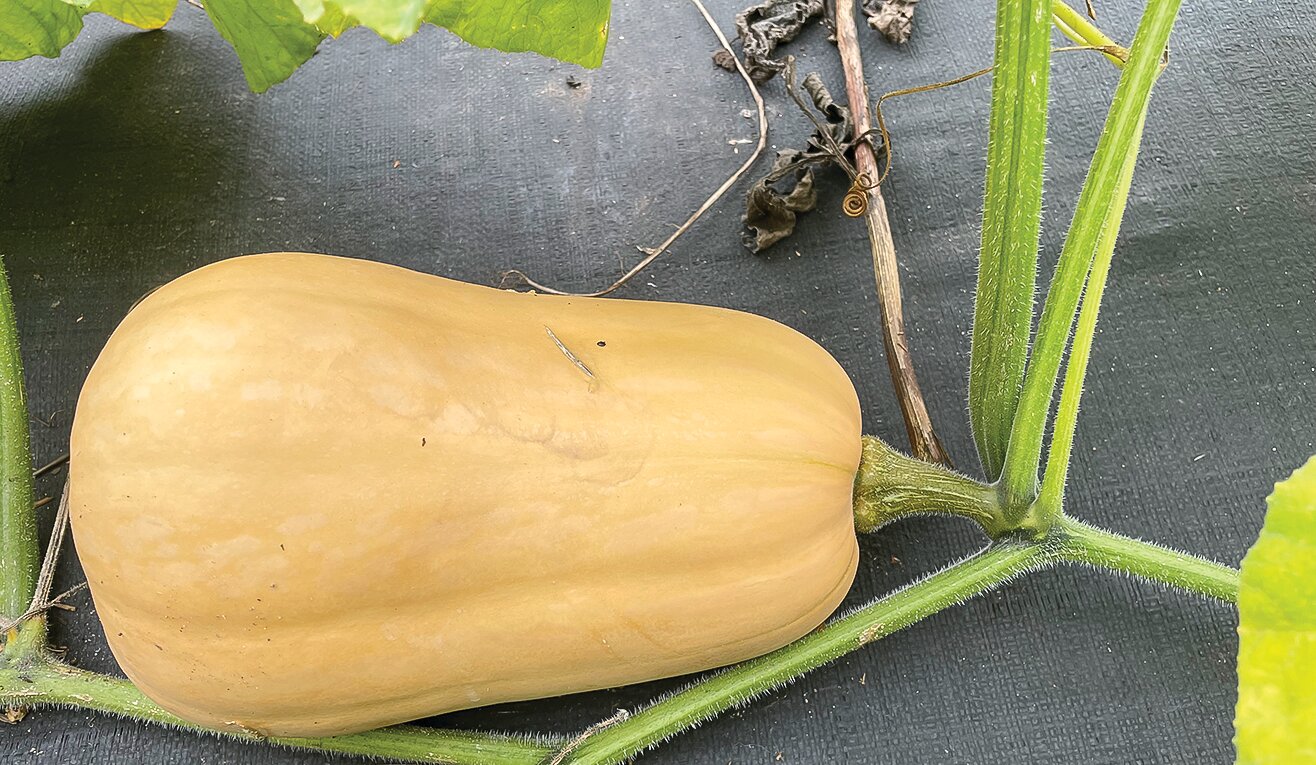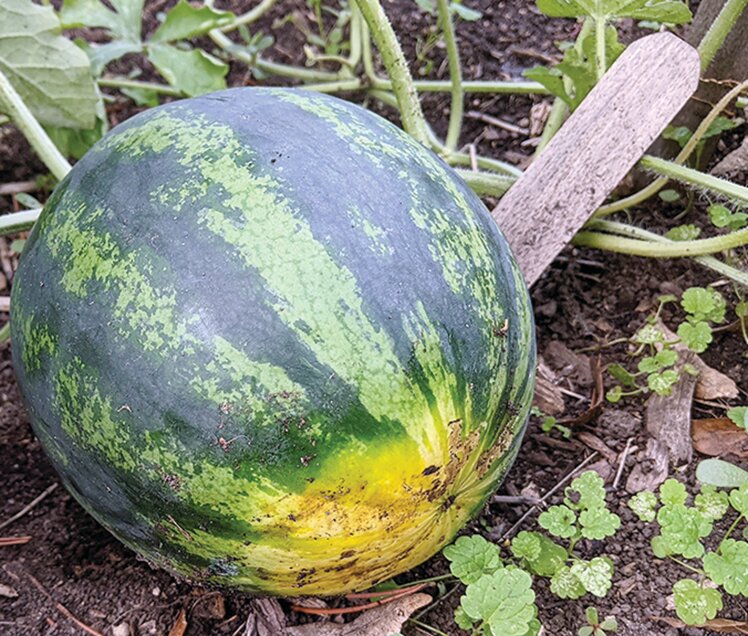Support the Timberjay by making a donation.
When to pick your cucurbits
REGIONAL—As the North Country’s growing season winds down, local gardeners may be wondering when the time is right to harvest some of the cucurbits, like squash or melons, that …
This item is available in full to subscribers.
Attention subscribers
To continue reading, you will need to either log in to your subscriber account, or purchase a new subscription.
If you are a current print subscriber, you can set up a free website account and connect your subscription to it by clicking here.
If you are a digital subscriber with an active, online-only subscription then you already have an account here. Just reset your password if you've not yet logged in to your account on this new site.
Otherwise, click here to view your options for subscribing.
Please log in to continue |
When to pick your cucurbits
REGIONAL—As the North Country’s growing season winds down, local gardeners may be wondering when the time is right to harvest some of the cucurbits, like squash or melons, that they’ve grown this year. According to the University of Minnesota Extension Service, guidelines for harvesting crops like watermelons, melons and squash are confusing and often contradictory. Farmers and gardeners often struggle to pick melons at the right time and find that they are either flavorless or mushy and overripe.
The Extension Service offers the following tips to help you determine when to harvest melons and squash for optimal ripeness.
Ripening basics
Fruit and vegetables are typically assigned to two categories that define their ripening behaviors.
Fruits and vegetables that continue to ripen off the vine
You can harvest these fruits and vegetables before they are fully ready and they’ll continue to ripen on your kitchen counter. Common examples of fruits that ripen off the vine include apples, bananas, peaches and tomatoes.
Fruits and vegetables that do not ripen after harvest
Once removed from the plant, the sugar content of these fruits and vegetables will not increase, and so picking at exactly the right time is important for flavor. These fruits and vegetables can still go bad if left out, but they tend to have a longer shelf life, and they will not get sweeter. Examples include grapes, strawberries and watermelon.
Sometimes ripening is not so black and white, and this is especially true in melons. Ripeness is determined by a variety of traits including sugar content, how easily the fruit detaches, ethylene production and firmness of the skin.
Watermelons
Watermelons all belong to the same species, Citrullus lanatus. They were likely domesticated in the area around Libya and Egypt. Watermelons do not ripen after harvest and should be left on the vine until they are fully ripe.
Signs of ripeness include:
• The spot where the fruit touches the ground becomes more prominent and changes color (typically yellow).
• The tendril closest to the fruit becomes brown and dries up.
• Ripe melons have a hollow, dull sound when tapped.
• The sheen of the rind tends to change slightly with maturity, but this depends on the variety.
• Watermelons do not reach “full slip.” This is a term you might see in seed catalogs, which refers to the time when a melon can easily be slipped from the vine.
Watermelons are sensitive to ethylene, and so they should be stored separate from ethylene producing crops like tomatoes, bananas, apples or cantaloupe in order to extend the shelf life.
Cantaloupe
The primary varieties of cantaloupe-style melons in the U.S. often have netted rinds, but not always, and they vary from lobed to smooth. They all have a relatively high sugar content. Cantaloupe-style melons have been consistently bred over time to continue to ripen off the vine.
They can be harvested at “full slip,” meaning they are ripe when they easily pull away from the vine. It’s easy for melons to become over-ripe in gardens. Cantaloupe can reliably be harvested a little bit early (before full slip) and left to ripen on the kitchen counter.
Winter squash and pumpkins
Winter squash and pumpkins fall into three main species groups: Cucurbita maxima (kabocha, hubbard, and some pumpkins), Cucurbita moschata (butternut and some other winter squash), and Cucurbita pepo (pumpkins, zucchini, acorn, delicata, pattypan and summer squash).
None of the pumpkins or squash typically grown in Minnesota continue to ripen after harvest, so they should be allowed to ripen to full maturity on the vine. As pumpkins and squash ripen, the rind will become increasingly firm, and they should not dent when you press a fingernail into the skin. The vines usually also begin to decline when squash are ready, and the part of the vine immediately attached to the fruit (which will become the stem) should become hard and woody.
Harvest winter squash and pumpkins by cutting the stem with a pruning shears or sharp knife. If the stem detaches from the fruit, the shelf life will be decreased.
Winter squash and pumpkins should be cured before storing. Curing is a process where the fruit rind hardens, allowing longer storage life. Squash and pumpkins can be cured outdoors if you expect several warm days (~ 80-90 °F) days without rain, conditions which are unusual here in the North Country in mid-to-late September which is the usual harvest time for winter squash and pumpkins. If you do plan to cure outside, simply sever the fruit from the rest of the plant and let it sit in the field or garden for 7 to 10 days, or until nicks and small cuts are scabbed over.
Indoor curing is recommended if weather will not be amenable to field curing. This can be done in any covered facility (like a barn or high tunnel), as long as outside air is circulated past the product. Open doors and use fans to promote airflow. As a rule of thumb, the squash is done curing once it cannot be punctured with a fingernail.
Winter squash and pumpkins should be stored at 50 percent relative humidity and around 50 to 55 °F. They can last one to nine months in storage, depending on the variety.









